Rexton launches Reach … without Auracast
Rexton has launched a new range of hearing aids without Auracast, saying they “set a new standard for connectivity”. We argue that it’s the opposite: by opting for Bluetooth Classic, we think it is a retrograde step.
There is much to be excited about with the Rexton Reach range, particularly its Rugged model, which exceeds IP68 standards for water resistance, allowing for full immersion in water for up to 30 minutes at a depth of two meters. The company says this tough design makes it capable to withstanding sweat, humidity, salt, UV exposure, mud, chemicals, and abrasion.
This will be music to the ears of many who worry about their hearing aids in hot weather or humid environments.
Its battery life is around 32 hours with up to five hours of streaming, or 36 hours – a day and a half – without.
Also released is the Reach R Plus, which offers 54 hours of battery life without streaming – more than two days without needing a charge – or 36 hours with five hours of streaming.
The Reach R Plus also have an LED light to provide a visual update on device status.
Also released are the Reach Custom ITC and ITE, which enable the design of an aid tailored uniquely to the user.
Fabian Schmitz, Global Head of Rexton Brand, said: “Focusing on what really matters and creating reliable, easy-to-use technology has always been a key driver for Rexton. With Reach R Plus, we’re taking that commitment further.
“This product shows exactly what we mean when we say, ‘Easy is always a plus’. From effortless connectivity with any smartphone, to hands-free calling, and advanced Multi-Voice Focus Technology, Reach R Plus delivers on making hearing easy.
“At the same time, Reach Rugged demonstrates the strength of our Lifeproof reliability, built to withstand the toughest conditions while still delivering the dependable performance users expect from Rexton.”
Rexton has installed Bluetooth Classic in the hearing aids rather than Bluetooth LE Audio, which means – for now – no Auracast. The company says the hearing aids will connect to almost all smartphones and audio devices that use Bluetooth, allowing users to make calls, listen to music, and enjoy entertainment without interruption, and hands-free calling.
They are not the only manufacturer to go down this route this year.
In June, Signia released the Pure Charge&Go BCT IX with the same Bluetooth.
In a blog post explaining why it has taken this action, it said that this is ideal for customers with an older mobile phone or a PC from which they want to stream, or those who are concerned about future compatibility.
We think this is the wrong approach.
Bluetooth Classic makes it sound like Coca-Cola Classic after the 1980s ‘New Coke’ debacle. But it’s not. Essentially, Bluetooth Classic is the older Bluetooth technology with a fancy name and is not forward-looking in the same way that installed Bluetooth LE Audio is.
Bluetooth LE Audio is backwards compatible: most modern devices are dual mode, so they include both technologies. For the older device the hearing aid would be connecting to, there wouldn’t be the benefit of LE Audio or Auracast. However, over time, most new devices coming to the market will have Auracast-enabled Bluetooth LE Audio-capable chips.
Indeed, the Bluetooth SIG estimates that by the end of the decade, more than eight billion different LE Audio-enabled devices will be in circulation, and 2.5 million venues will be Auracast-ready.
With the average lifespan of a hearing aid being around five years, anyone buying a Rexton or Signia with Bluetooth Classic will be denied the rollout over the next few years.
It’s like selling someone a black and white telly when everyone else is tuning in on large flat screens with vivid pictures.
We think hearing aid manufacturers need to lead the way by making Auracast the default. The sooner consumers have the feature built in to their hearing aids, headphones or earbuds, the sooner venues will have the impetus to install Auracast AV systems.
As it stands, both manufacturers and venues may be looking at each other, waiting for someone to make the first move. Achieving critical mass for Auracast requires manufacturers to embrace the technology and ensure that audiologists fitting the hearing aids have sufficient knowledge about Auracast deployment to guide user expectations on when and where they can experience the technology.
GN has already proven that an Auracast Assistant can be integrated into the hearing aid app, which circumvents Apple’s decision to overlook the technology for now. Again, audiologists can be trained in helping patients understand how to use the App to tap into an Auracast.
So, yes there is much to welcome about the Rexton Reach hearing aids, but without Auracast as standard, we are frustrated would-be customers.


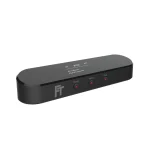

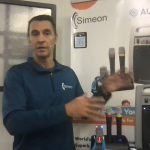

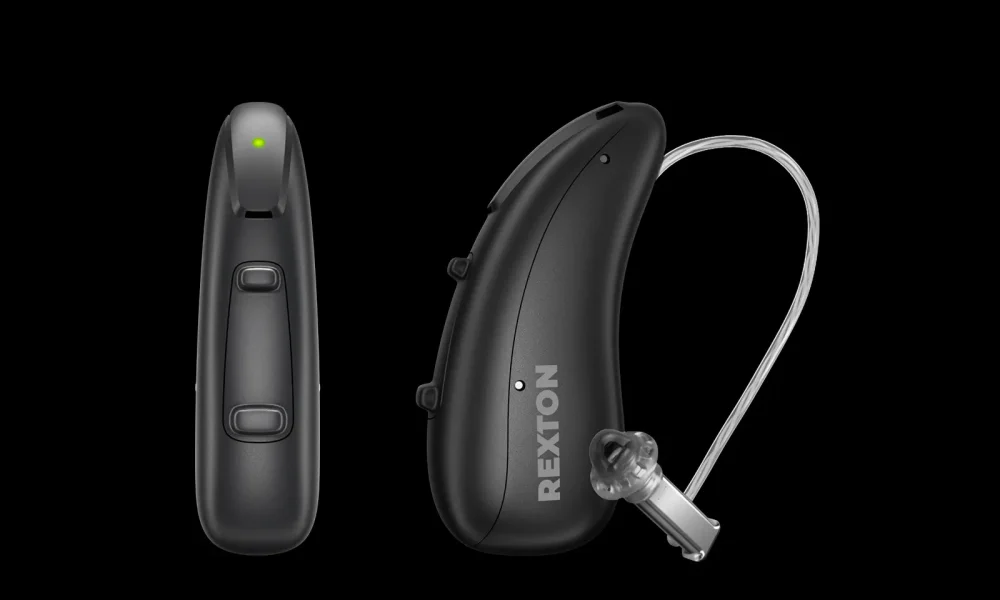
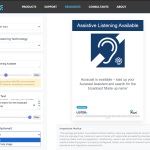

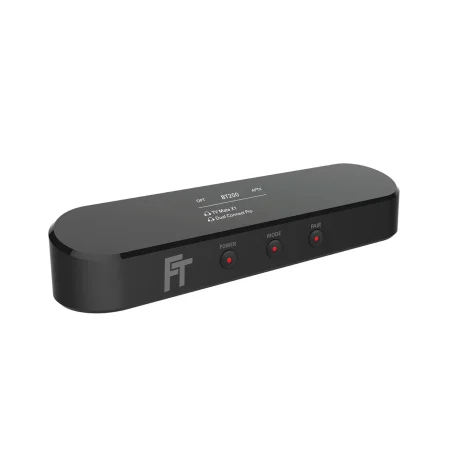
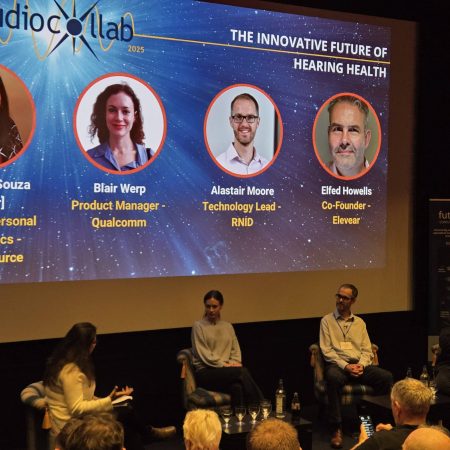
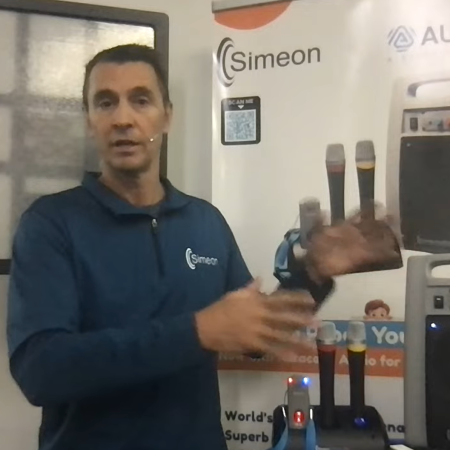
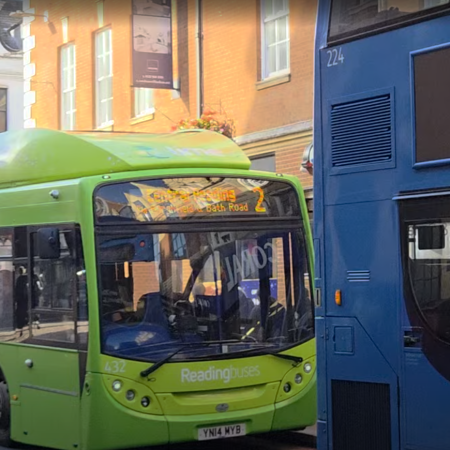

I agree that this the wrong approach, but I do not think the main reason that Auracast will succeed in becoming the new standard in a big way is that it will be driven by the fact that this is for everyone through Auracast enabled headphones and ear buds rather than a niche product for hearing aid user.